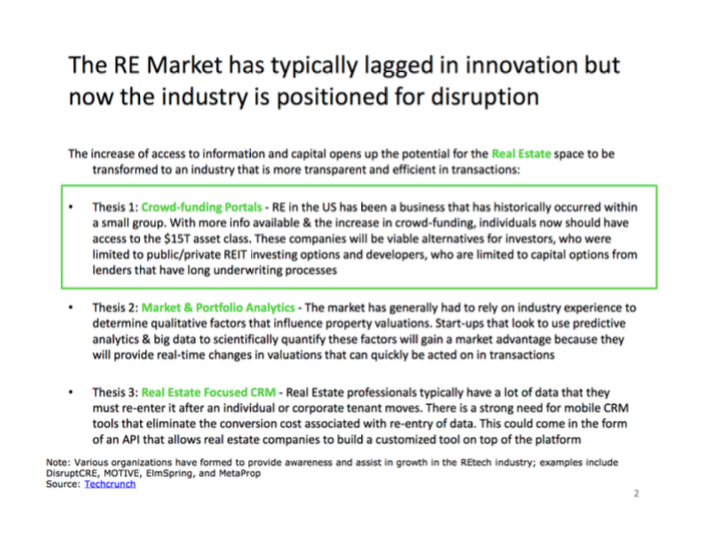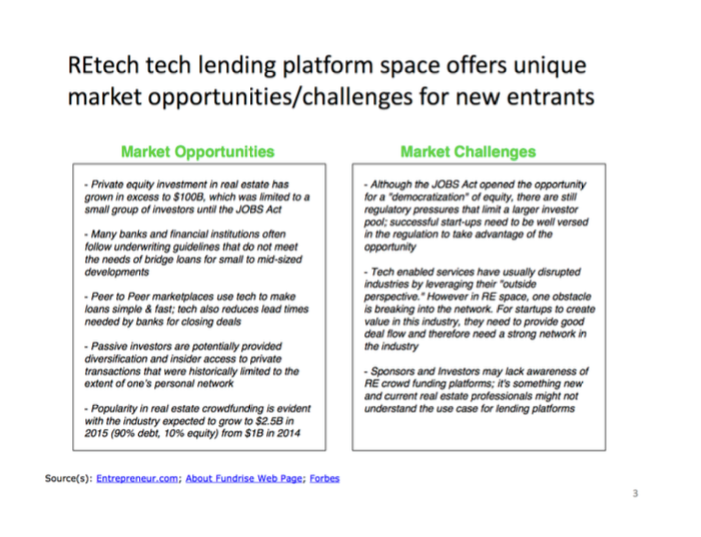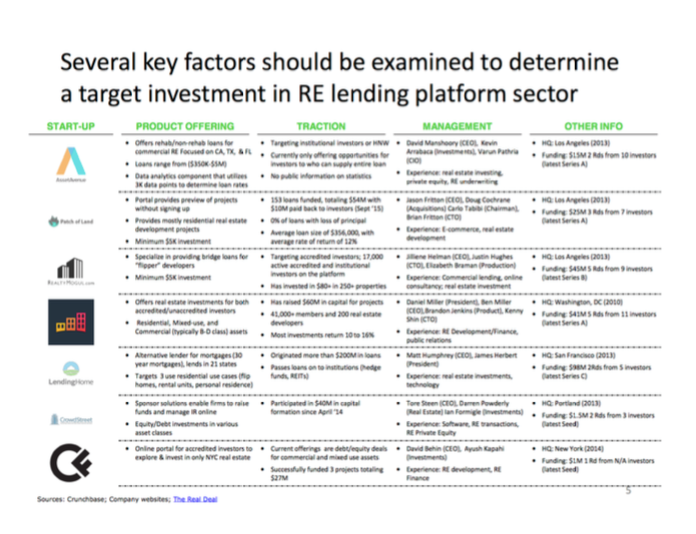A Guide to Prepare for your Final Round Interview
Congrats you have received a final round interview to a traditional early-stage (Pre-Seed, Seed, Series A) VC firm! After all the coffee chats, the warm introduction from your friend, and a successful first round interview where you have shared your passion for technology and contributions to the startup ecosystem now you have been invited to give a presentation on a potential portfolio company. If you were like me (before my second round VC interview), you may have never prepared an investment memo. So where do you start? What’s the correct format? In this post, I will provide background on the following:
Why you are doing this exercise
What company or industry you should pick to evaluate
What questions you need to answer
The format of your investment memo presentation
1. Why you are doing this exercise
You may be thinking, I thought VC was an apprenticeship model where I would get on the job training from general partners on how to procure, evaluate, and secure early-stage venture deals. Well, that’s partly true. Especially if you are interviewing for a post-MBA associate/sr. associate/principal role. Venture Capital firms will be looking for individuals who can assist in creating new deal flow and can provide a different perspective on the current market. This is why this exercise is so helpful for the venture firm and candidate. More specifically the “homework” will test some of the key skills of a venture capital investment professional: developing a thesis on a particular market, sourcing new deals for the firm to evaluate, and conducting due diligence to arrive at an investment decision. Ultimately the VC team wants to understand your thought process as an investor, not determine whether or not you reached a “correct” answer.
2. What company or industry you should pick to evaluate
For some of my final round interviews with VCs I have been assigned a specific industry and/or startup(s) to evaluate. Many times VC firms will assign you these potential investment targets and/or industry because they have not made an investment in the space yet, but are actively looking at opportunities. So your work can really be value add (i.e. don’t blow the opportunity!). However, for other final round interviews, I have only been prompted to pick a startup that I am very interested in. It is important to be very strategic when you pick a startup to evaluate when the VC firm allows you to choose on your own. The ideal pick would be a high potential company that is within the investment focus of the VC (both industry and investment stage) but the firm has never heard of or met. This is why it is very important to leverage the research that you used for your first round interview/phone screen to use. What industries does the VC focus on? What industries are adjacent to the industries the fund covers and maybe interesting to the partners? What stage does the VC primarily invest in? If a company meets those requirements then you can focus on it for your investment memo presentation.
3. What questions you need to answer
There is quite a bit of research that you will have to do for your presentation but I will outline the key questions that will help you formulate your investment thesis. The following questions with respects to the market and target company are necessary for meeting the needs of the exercise.
Market Questions
What is the addressable market size for companies in this space?
Who are the market incumbents (established companies, typically public) in this space?
How do the companies (if the partners highlight companies they would like you to compare or you can pick companies within the space) compare in traction, funding, and products?
What are the dynamics of the industry that make this an attractive or unattractive space for new entrants?
Target Company Questions
Company overview: What does the target company do?
What is your investment thesis for why the target company might make an attractive investment? This thesis should take into consideration the following: Product/technology, Business model and go-to- market strategy, the Management team, and what expertise the VC firm could offer.
What key questions about this company and its strategy would you want answered as part of a formal due diligence process?
Some helpful free resources: Tracxn, Crunchbase, Term Sheet, @VCdeals & StricklyVC…oh and of course this!
4. The format of your investment memo presentation
So you have picked an industry/target company that would be a great fit for the VC you are about to interview with and you have developed a sound investment thesis. Now what? Now is time to put all of those smart ideas into one succinct presentation. I would suggest that you answer all those questions from #3 in a PowerPoint document with a maximum of 10 content slides. Below is my suggested format of slides with a sample investment memo below.
Slide 1: Title Page that includes VC firm name, Title of Analysis, Your name, and date
Slide 2–3: Overview of current industry trends, market opportunities & challenges
Slide 4: Product offerings, product trends in industry
Slide 5: Competitor Analysis (comparison of product, team, funding, traction, etc.)
Slide 6: Target Company Analysis/Investment Recommendation
Slide 7: Risks, further due diligence goals
Slide 8: Appendix Title Page
Slide 9: Any further analysis
Slide 10: Your background (why you are the perfect person for this role)
Below are slides from a presentation that I prepared for a VC interview. Also, I’ve provided another helpful article on the format for an investment memo, which can be found here. Feel free to share if you have any questions or comments on what should be in the VC investment memo.
Earnest Sweat is a Startup Adviser that specializes in mentoring startups within the fin tech, ed tech, and real estate tech sectors. If you have any questions, comments or requests please connect with Earnest through LinkedIn, Twitter, or AngelList.
If you liked what you read please ☞ tap or click “♥︎” to help to promote this piece to others.











